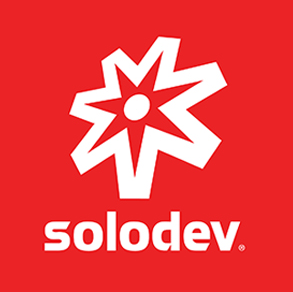Google's PageRank Changes and How They Affect You
This article addresses recent updates to Google's PageRank algorithm and how to optimize your website accordingly.
Search engine optimization is constantly changing and Google’s latest algorithmic update to PageRank has changed everything you once knew were SEO best practices. Elements such as meta data and H1 tags that once weighed heavily in ranking your website are now not as important as they once were. Structured data, mobile optimization, and speed, are the three new factors to consider when optimizing your web design. Let's dig into getting you up to speed with the latest focal points of SEO.
Schema, Schema
If you know what structured data is, then you should know what schema markup is. For those who do not know of either, allow me to explain. Structured data is information that is formatted in a way that search engines can consume the information. Schema is a markup vocabulary for structured data developed by search engines. Having no structured data on your website is like having content without any context. To see what types of structed data is available to place on your website, checkout the Google developers page on the documentation.
To test if your structured data is set up properly, you can check out the structured data testing tool Google offer. For this example, we have a recipe card:

Mobile Optimization
Nearly 60% of all web searches are done with a mobile device and since Google favors the web users’ experience on your website, you need to be sure your website is optimized for all devices. Another thing to note is that Google will now penalize your site if you have an “intrusive” interstitial. Google explains these types of interstitials as:
- Showing a popup that covers the main content, either immediately after the user navigates to a page from the search results, or while they are looking through the page.
- Displaying a standalone interstitial that the user has to dismiss before accessing the main content.
- Using a layout where the above-the-fold portion of the page appears similar to a standalone interstitial, but the original content has been included underneath the fold.

The types of interstitials that would not be affected by this mandate are interstitials that appeal in response to a legal obligation, sites where content in not publicly indexable (email or content behind a paywall), and banners that use a reasonable amount of screen space that are easily dismissible. Below are some examples from Google:

Page Load Time
Load time has a significant impact on page abandonment and a one second delay usually results in a 7% reduction in conversions. Google knows that users expect to have the same web experience on a desktop as a mobile device. To optimize your site to load for mobile, use Accelerated Mobile Pages (AMP). AMP can improve load time from 15 – 85%. You can read more about how AMP reduces your load time here.
Conclusion
As always, SEO is ever changing, but these trends will likely have an impact on your page rank in search engines. The more aware you are of Google’s PageRank algorithm and what affects it, the more likely you’ll be able to stay on top of your SEO game. If your business needs help with SEO, SEM, and their intersection with a Content Management System, or if you have a question about your digital marketing initiatives, reach out to us.








